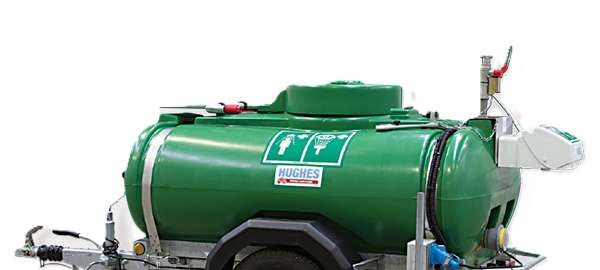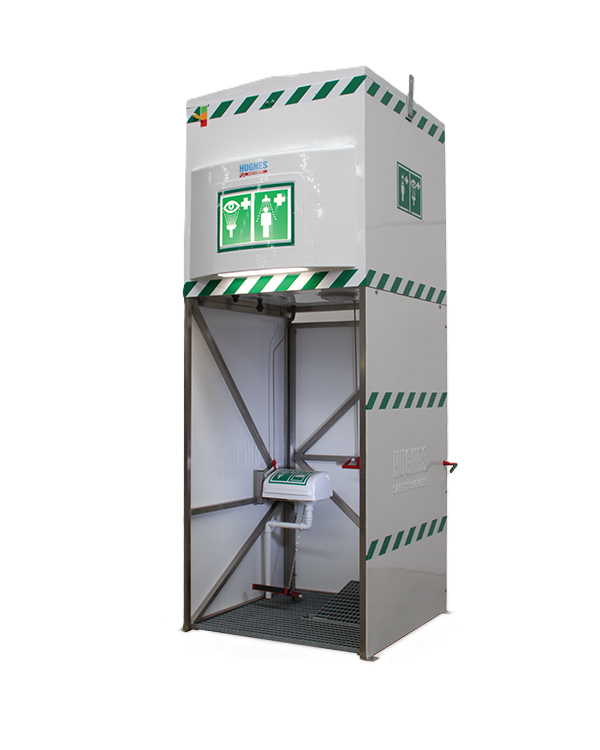
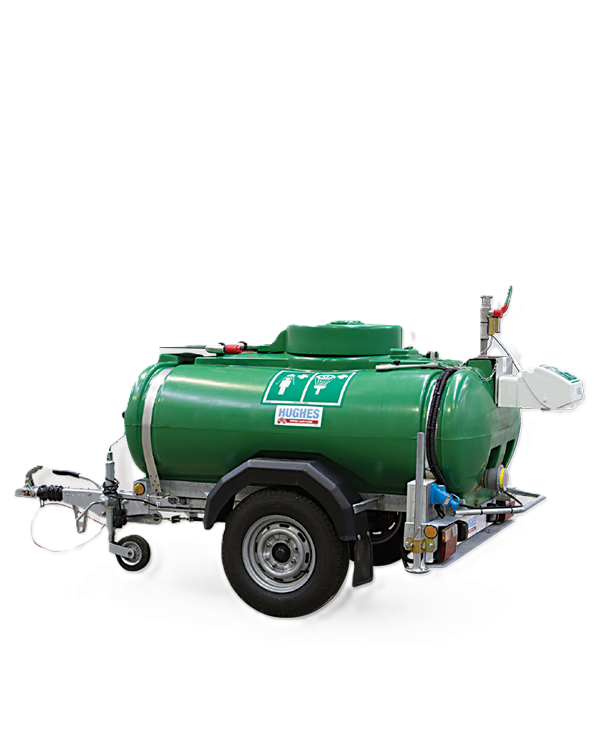
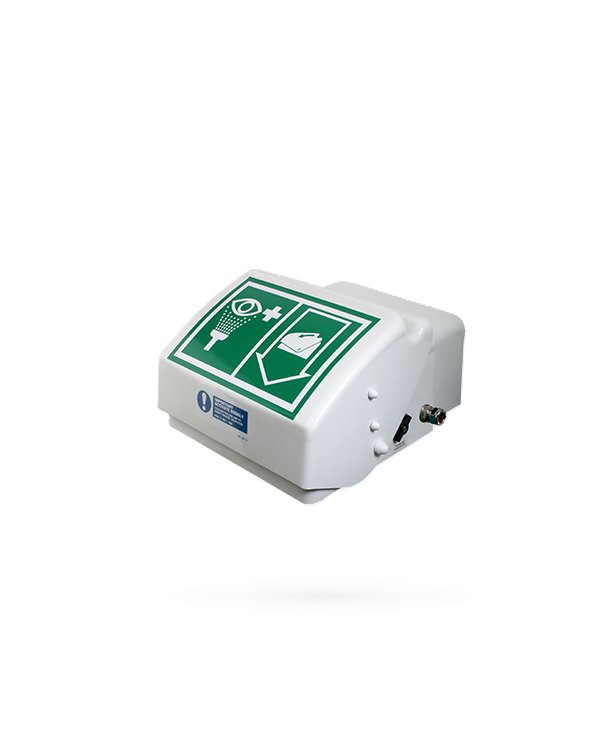
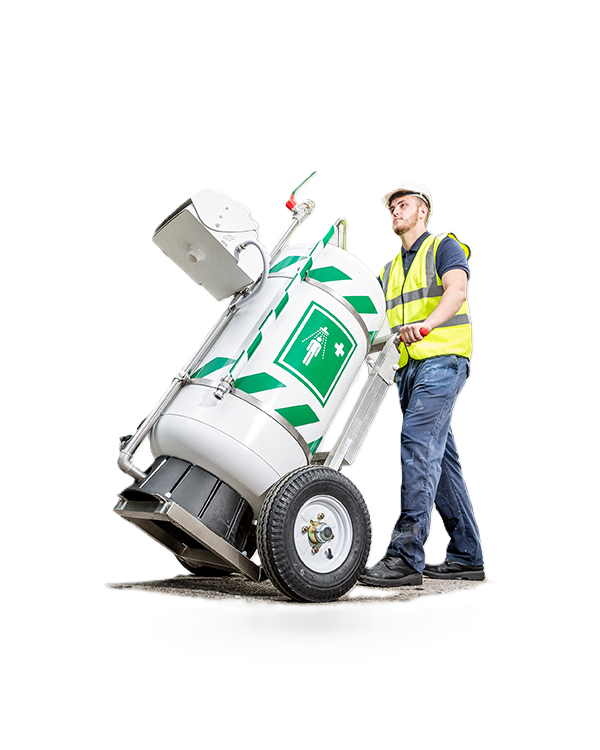
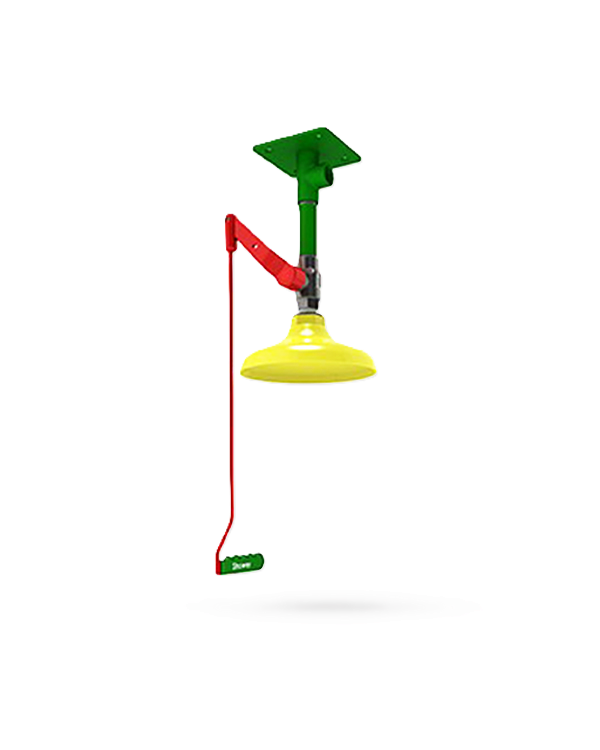
Portable safety showers with an integrated eyewash station flush harmful chemicals and contaminants from the skin and eyes. Sometimes called tank showers,
they have a tank that holds potable water so it doesn’t need to be connected to a plumbed water source.
These ANSI-complaint showers hold enough water for a 15-minute flush. Portable stations are used on construction sites, remote work locations,
or in parts of a facility where plumbed water is not available.
The ANSI/ISEA Z358.1 standard meets OSHA requirements for safety showers and eyewash stations when they’re used as an integral part of a fully compliant installation and inspection plan.
